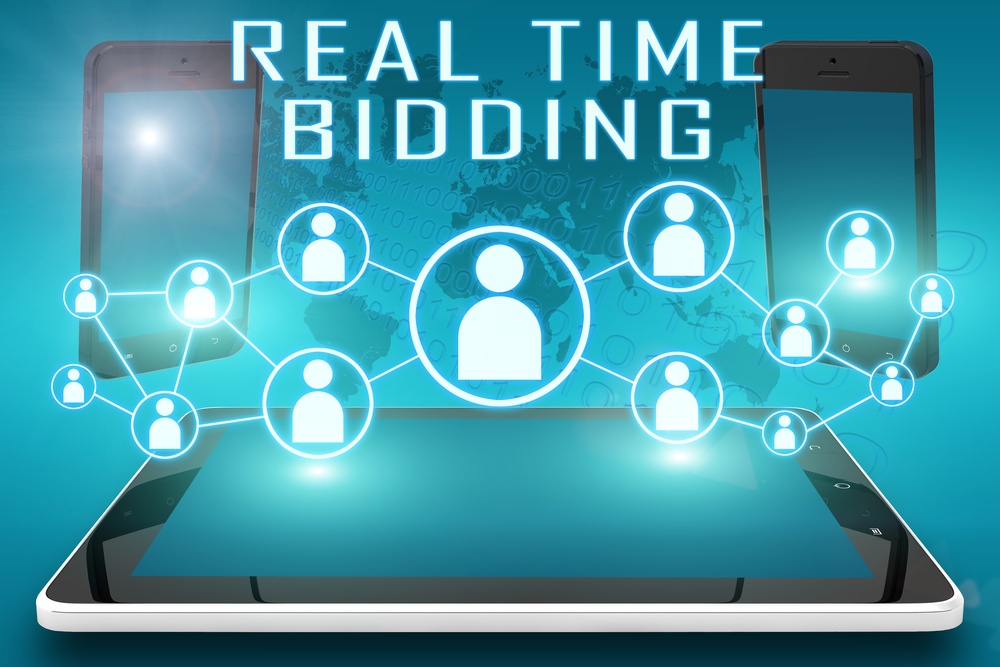We are all familiar with an auction – a public sale in which goods or property is sold to the highest bidder. From fine art and antiques at Christie’s to high-end classical car sales at Barrett Jackson, auctions are a great way to get the most for whatever you’re selling. Several years ago the advertising industry decided to take advantage of this age-old selling platform. But in the new world of advertising, the auction of inventory is on speed; it is faster, more individualized, and there is no need for an auctioneer. It is a digital marketplace with the most efficient purchase time imaginable. If you’re conjuring images of the trading floor on Wall Street, you’re not too far off. Just envision it in cyberspace with digital media impressions instead of stocks and you’ve got it.
How does RTB work?
Like a typical auction in which inventory is sold to the highest bidder, our version of an auction, referred to as Real-Time Bidding, involves selling digital inventory to the highest purchaser. It is a style of programmatic buying that has a leg up on a conventional auction and outperforms simple ad display. Before the advent of RTB, advertisers paid a fixed rate for a certain number of impressions regardless of their individual relevance to a given campaign. It was like buying all the modern art sold at an auction when all the client wanted or needed was a piece of art created by Andy Warhol for one room in his house. So, to end needless purchasing, RTB enables advertisers to make well-informed purchases that are as close to a sure thing as possible. If the impression is appropriate for the campaign, advertisers bid on it in real time as soon as it appears online. As soon as the ad impression appears online, an advertiser can decide whether to grab it or forgo it for something better. Auctions are notoriously fast-paced, with little to no time to deliberate, but with RTB, purchases are made instantaneously. And the ads are so precisely targeted they are placed in front of the right person, at the right time. Publishers are tempted with offers they just can’t refuse. And that is what makes money for the advertisers and the publishers.
What are the benefits of Real-Time Bidding?
So it goes without saying that RTB is cost effective for the publisher and the advertiser. But like any moneymaking tool, it isn’t without its challenges despite cost efficiency. Publishers have many attributes. And the challenge is a paradox: RTB eliminates broad placement of ads and replaces it with personalized ads broad enough to cover all aspects of the publisher. The intelligence involved in RTB is so sophisticated that a seemingly unrelated ad has relevance to a publisher because its intent has been so carefully analyzed. It’s the smartest media advertising out there.
Is RTB used on Mobile Devices?
Since we’re talking about smart technology, we can see the benefits of RTB most pronounced with smartphones. Smartphones are portable and people carry them 24/7; marketers can reach the public in real time and use location as leverage for their digital campaign. How does this work? Well, within milliseconds, marketers bid on the right to show you an ad campaign based on your digital footprint – the sites you visit and the apps you use. Right then and there. No wait time. No deliberation. No auctioneer. The benefits of RTB on the mobile world will no doubt supersede PCs in the coming years as the technology is perfected. After all, there is no equal to a device that can be monitored at every turn in the blink of an eye and a click on an impression.

